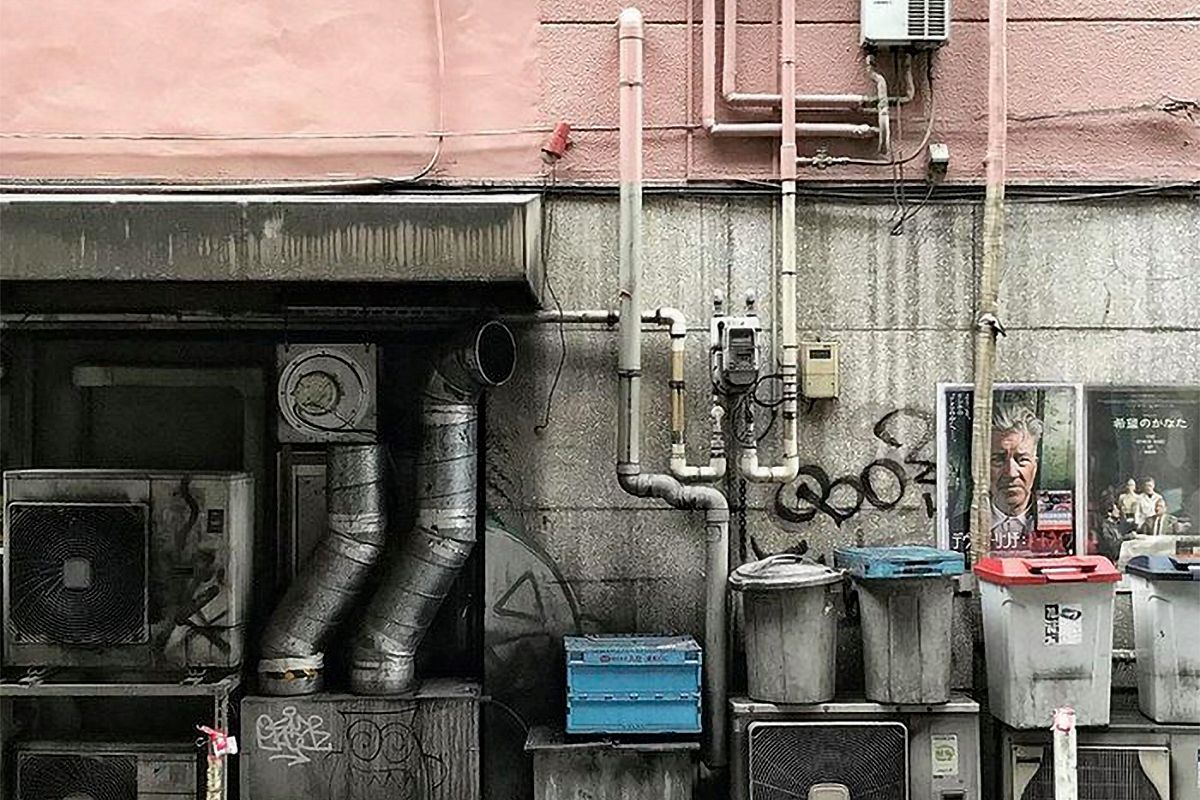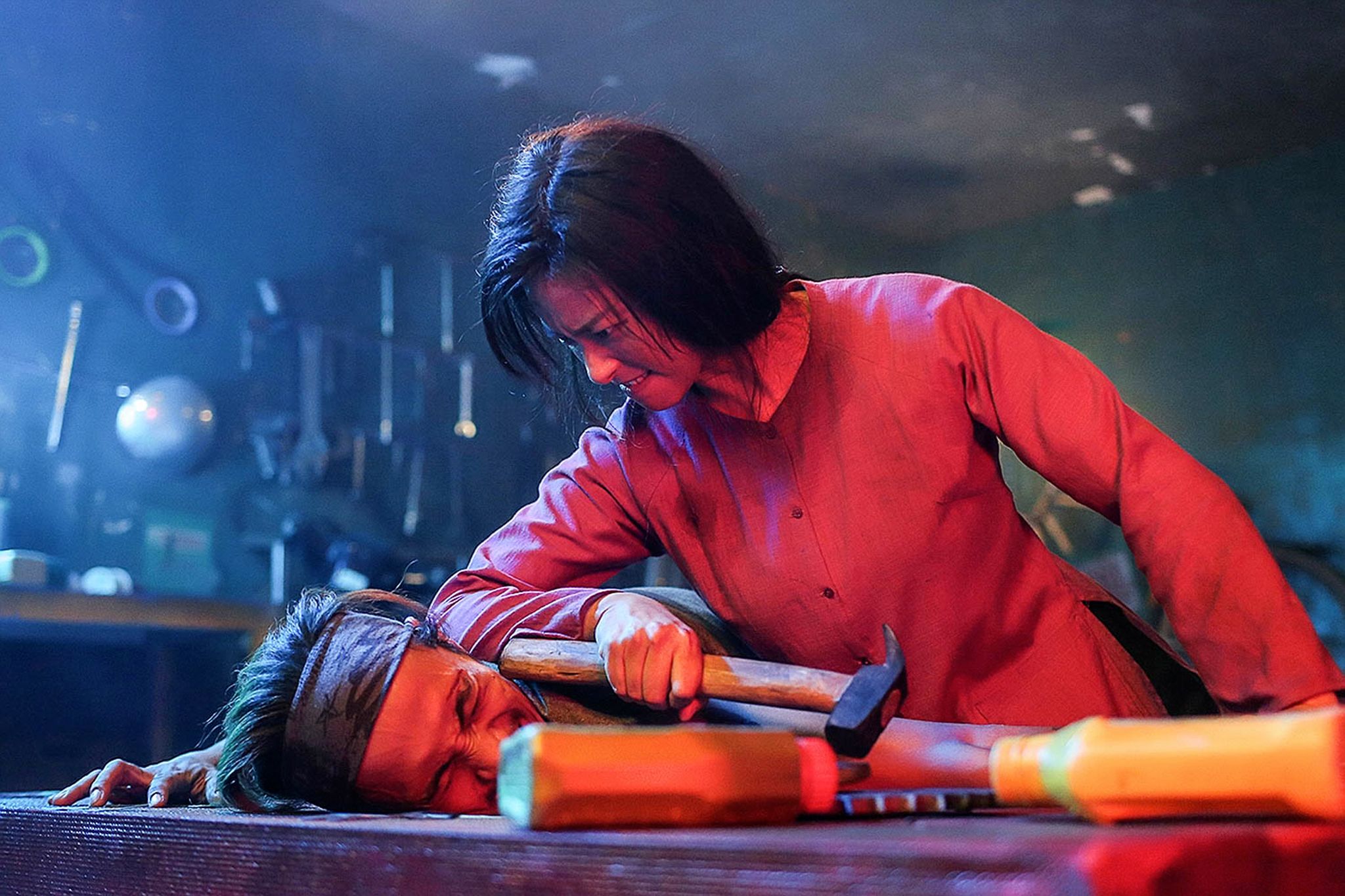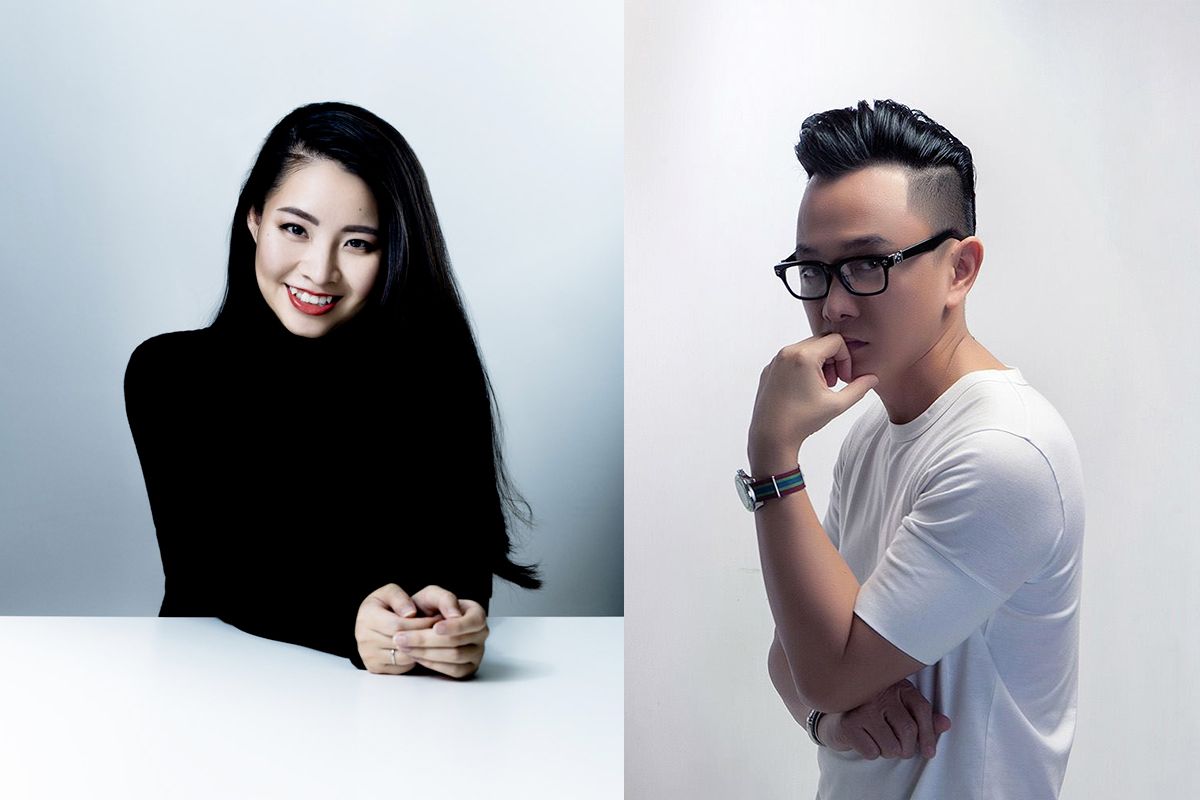Located inside a modest space on the fourth floor of a cafe, the Lip Xinh exhibition made its statement the moment you set foot inside the space: the act of simply confronting your private parts can be very profound.
"I keep around 300 to 400 drawings here," Nhung said, pointing to the wall full of an overwhelming amount of drawings by Lip Xinh's participants depicting the vulva. The vagina's presence is often hidden elsewhere in society; here, not so much.
First started in Hanoi, Lip Xinh is an exhibition curated by Dinh Thi Nhung and Duong Manh Hung. The exhibition belongs to a larger community art project named Ban Lon (Vagina Talks). As the name of the project suggests, Lip Xinh's central theme revolves around the vagina and people's relationship with it.

The project invites people from all walks of life to contribute their imaginings about the vagina via multiple art forms and creative mediums, although drawing remains the most popular. A two-week workshop in Saigon was organized for people to come and create artworks before the exhibition started. Each submission is accompanied by a piece of writing, which could be anything from a personal statement to a story to a conversation. At the exhibition space, these writings are compiled in a stack of documents and placed on a table.
"The initial idea is to deconstruct the vagina," Nhung said, holding an opened notebook with scribbles of previous ideas for the project's name. When someone came up with the phrase bàn lộn, everyone knows it's the perfect name. Bàn lộn is a spoonerism wordplay, or nói lái in Vietnamese, on the phrase lồn bạn, meaning "your vagina." From primary school kids to working adults, the delight of spoonerism is traded through everyday conversations. Thus, the cheeky wordplay technique holds a special place in Vietnam's language fabric. The name Lip Xinh is a malapropism derived from the term lip sync — an iconic practice in queer culture.


Lip Xinh's single-minded topic doesn’t equate to a one-sided delivery. Instead, the countless experiences embodied on the wall are as raw and diverse as human emotions can be and one is likely to feel too overwhelmed to absorb its entirety in one sitting. This likely response is a reminder that there are a vast amount of experiences still left unseen and overlooked.
The project bears a minimal similarity to Vagina Monologues, the famous play written by Eve Ensler in 1994, in which Ensler recites women's stories about their vaginas according to her interviews with 200 women. While Ensler's subjects were mostly cisgender women, Lip Xinh extends its representation to everyone including people who are vagina-less, queer men who are oblivious to vaginas, and people who were born without vaginas but claim ownership to one by calling a different part of their body their vagina.
From this standpoint, Lip Xinh invites us to go beyond the literal and physical definition of the vagina, leaving room for free association and more diverse bodies to participate. An example of this is a queer male participant who uses his lips to paint a vulva or a woman who considers her vagina a third eye that introduces her to new knowledge and experiences. There are amazing stories behind some of the artworks too.
"Three years ago I invited a woman to participate, and she was in a bad place in her relationship with her husband at that time. Read her statement and you'll understand. To her, the vagina is the heart, so when her husband cheated on her and her heart got broken, her vagina became lifeless too," Nhung said. Her artwork is a drawing of a heart that's parted by an arrow.
This year, Nhung invited the woman — who is now in a better place — to join the Lip Xinh workshop again, mentioning her last contribution. For some reasons, the person had completely forgotten about her last artwork or the incident, but she agreed to join.

Beneath their visual appeal, stories like these are what keep Nhung interested and motivated. There are several ways to look at the exhibition: a feminist project, a queer art practice, a body of knowledge, or a public archive of feelings that are often deemed improper to make known.
“It is, undoubtedly, meaningful to people who tell their stories. I also hope that [stories] are meaningful to the people who have read them. This can be a process wherein people [receive] knowledge from other’s experiences and feelings. It can help find a connection there,” Nhung said, adding that listening to others' experiences could also be an excuse to navigate one's own sexuality. Such conversations and encounters between the community artists and people are needed, especially when subjects such as gender, sex, intimacy, sexuality are often cast in the shadow due to stigma and taboo.
The team behind Lip Xinh also recognizes that articulating the presented feelings and sexualities is difficult because the language used to express them is less known. Therefore, the vagina lexicon booklets compiled by the team complement the project very well, even if some didn't recognize their importance. On the exhibition opening day, I witnessed a person standing next to me who had a glance at the booklet and giggled. A few others exchanged embarrassed looks.

"It’s ironic. People, especially men, use the word lồn (vagina) all the times as an insult. But when I, a woman, asked them to describe and elaborate on what that means [referring to an incident she encountered with a straight male participant], they can't and said that it's embarrassing to do so," Nhung laments, adding that she feels sorry for some of the terms that are pretty but too often used as mere dirty insults.
Such is the importance of examining language. When the lexicon used to address our private parts are used and bastardized to the point that they've deviated from their original meanings, re-articulating and reclaiming the vocabulary can be the very first step in sparking a public conversation.
Follow the project's activities here.














